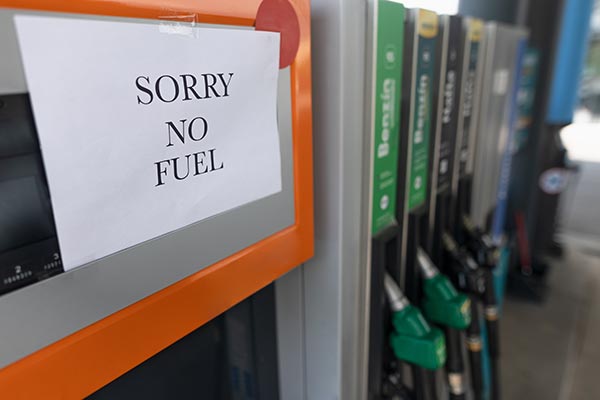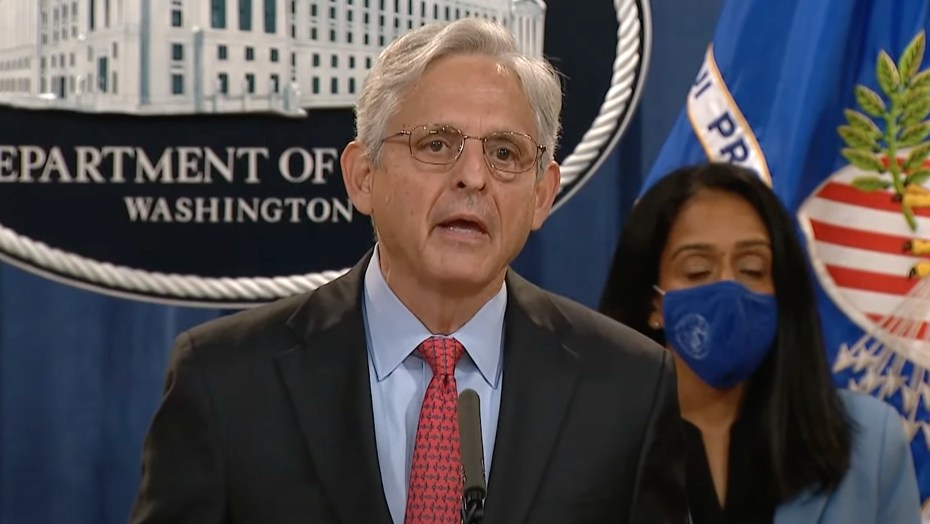
Winter is not even here yet and the diesel supply chain is already falling apart at an accelerating rate.
Tight refining capacity coupled with ever-depleting stockpiles bodes ominous for the coming weeks and months. If diesel supplies dwindle too low due to supply crunches, critical transportation networks such as ships, trains, and trucks will be severely impacted.
Diesel is also a power generation source for many utility companies and is also used in various capacities to heat homes and businesses in many parts of the world. (Related: In late October, Mansfield Energy issued a "code red" for diesel supplies in America's Northeast and Southeast regions.)
"Within months, almost every region on the planet will face a danger of a diesel shortage just as supply crunches in nearly all the world's markets have worsened inflation and hurt growth," reported Bloomberg.
The crisis can clearly be seen at the pumps where diesel prices are now noticeably higher than gasoline prices, which are also sky-high. If things continue on their current trajectory, the diesel crisis could become a perfect storm and an inflation accelerant, the likes of which has never before been seen.
Diesel supplies for this time of year are the lowest EVER
Diesel and fuel prices in general are pegged to crude prices as set on the global market. Because of supply bottlenecks and other problems, demand in some markets is far outpacing supply, which in turn affects everyone.
"Anything and everything that gets moved in our economy, diesel is there," said Mark Finley, an energy fellow at Rice University's Baker Institute of Public Policy.
"Moving stuff around is one thing; people potentially freezing to death is another," he added, noting that elevated diesel prices could cost the United States economy $100 billion.
At the current time, diesel inventories are at their lowest point ever since 1982 when the government first began tracking and reporting data on the fuel. Diesel supplies are also at their lowest levels ever for this time of year.
The U.S. currently has just a 25-day supply of diesel fuel, the lowest level since 2008. What this means, just to be clear, is that if all diesel production stopped immediately, the country would run out of it in 25 days.
Diesel is still being produced, of course, so that 25-days-remaining figure will still be 25 days remaining tomorrow and the day after that. If production and supply problems persist, however, then over time that number could gradually drop down to, say, a 24-day supply, then perhaps a 23-day supply.
What all of this does not mean, just to reiterate, is that America only has 25 days' worth of diesel left before completely running out of it. The only way that would happen is if all diesel production stopped immediately, which is not the case.
As for diesel distillates, the four-week rolling average supply – this being a proxy for demand – has increased to its highest seasonal level since 2007, just before the infamous 2008 market crash.
The only way to address the diesel supply problem is for the markets to enter a downturn, says Reuters senior market analyst John Kemp.
"Prices for U.S. diesel in the spot market of New York harbor have risen more than 265% since President Biden took the oath of office in 2021," reports Zero Hedge. "Prices reached $5.37 a gallon in the spring of 2022 and have since slumped to $3.51."
The tightest diesel market in the country right now is the Northeast where oil refineries have been shut down one by one over the past several years. What this means for the availability of winter heating oil and jet fuel supplies remains to be seen.
Fossil fuel energy (i.e., diesel, petrol, gasoline, and natural gas) is under attack by the globalists. To learn more, visit Collapse.news.
Sources for this article include:
Please contact us for more information.




















